Feel the heat: Uniqlo and Toray’s hi-tech, innovative and insulating history
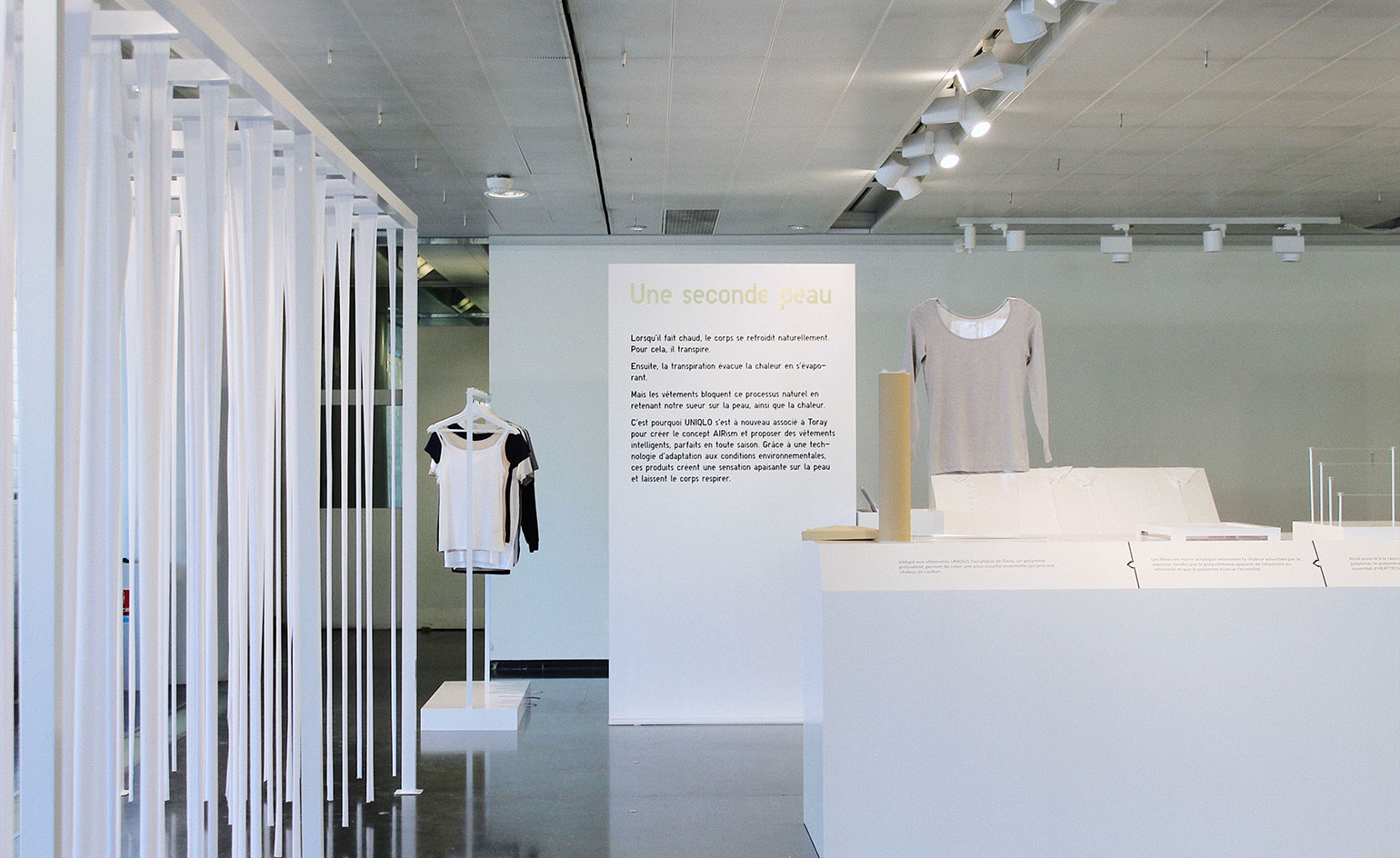
It’s fitting that on a grey, frigid day in Paris late last month, teams from Japanese labels Uniqlo and Toray, gathered in the French capital on the ground floor of the Maison de la Culture du Japon. They were there to celebrate an unlikely partnership, which since 2003, has had us snuggled up on rainy and chilly occasions, in perhaps the most popular range of thermal clothing in the world.
We all know Uniqlo, the Yamaguchi-based brainchild of Tadashi Yanai, the businessman who has oft has stated that his objective is to become more globally prevalent than Inditex. So far, the brand is present in 19 countries and has cleverly distinguished itself from its fast fashion competitors by offering not ultra-trendy collections, but timeless pieces that look chic and practical on everyone. Toray, however, is a more enigmatic company, at least among the fashion crowd. It specialises in organic synthetic chemistry, polymer chemistry and biochemistry. Which means that it produces fibres for both space rockets, Boeing aircraft… and Heattech tank tops.
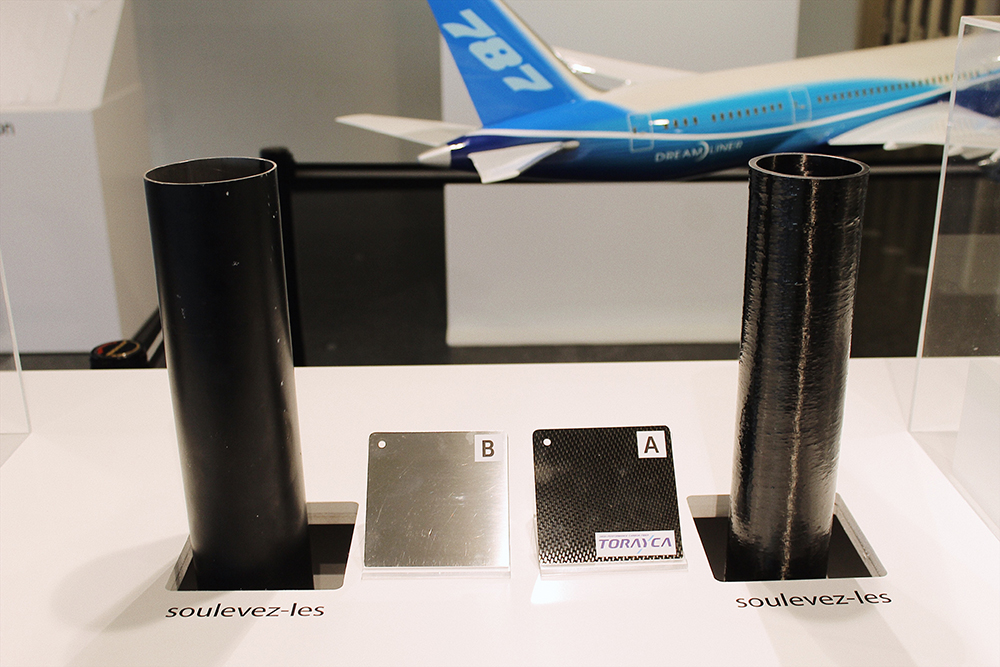
Japanese company Toray produces fibers for both space rockets, Boeing aircraft and Uniqlo Heattech tank tops
‘It was Mr Yanai who first approached us’, says Hasime Ishii, general manager at Toray. ‘His idea was for us to collaborate on R + D on synthetic fibres’. At Uniqlo, we permanently question how we can improve the day-to-day life of our customers. Looking and feeling comfortable even in the crudest of weathers was a natural next step for us’, adds Yuki Katsuta, Uniqlo’s head of research and design, who is equally enthusiastic regarding the question of sustainability in synthetic fibres vs natural fabrics.
‘Sustainability is always a work in progress and there’s still much room for improvement. But honestly, what good is talking about sustainability non-stop if we throw away most of our clothes after just one season?’, he exclaims. ‘Don’t get me wrong, we are trying to use less water, find finishings that are easier to recycle and reduce our factories’ carbon footprint. But, most of all, we’re striving to make clothes that will last, and that will look as cool in 10 years as they do now. And when it comes to high-quality synthetic fabrics like the ones Toray creates, they have surprising environmental assets’.
According to Ishii-San, one of them is the systematic lowering of indoor heating by more than one degree in cold seasons. ‘We have made great progress in the last couple of years’, he says. ‘We are now making 100 per cent plant-based polyester and have created a carbon fibre which reduces the weight of an aircraft by more than 50 per cent, which means a lot less emission, among other initiatives like biomass energy in our buildings or air purification.’
But research doesn’t stop there: on top of new Heattech and Airism (a cooling textile technology, ideal for sports clothes) developments, the companies are now researching a different kind of technological clothing, designed to monitor heart-rates, stress levels and which incorporate a gyro-sensor and a GPS. Both Ishii-San and Katsuta-San proudly reveal they are both wearing it, for the sake of testing.
‘It connects to your smartphone’, explains Ishii-San, ‘and it could be really useful both for athletes and for older populations which, let’s not forget it, will make up 15 per cent of the global population in 2050. We need to start thinking of efficient ways to take care of them.’
Another visionary coup? Yuki Katsuta stays pragmatic. ‘Wearables so far tend to be too hyped and then they don’t really work out. First, we’d have to find out if there would be a real demand, and also if we can manufacture them at an affordable price. There’s more to innovation than just product. It’s about listening to people to find out what they need… and what they may not know yet they need. It’s never easy. But when it is accomplished, that is really the essence of innovation.’

Left, Uniqlo's Heattech leggings. Right, Uniqlo's ULD padded jacket

The conference outlined the various fibers that are used to create Uniqlo and Toray's insulating garments
INFORMATION
For more information, visit the Uniqlo website and the Toray website
Receive our daily digest of inspiration, escapism and design stories from around the world direct to your inbox.
-
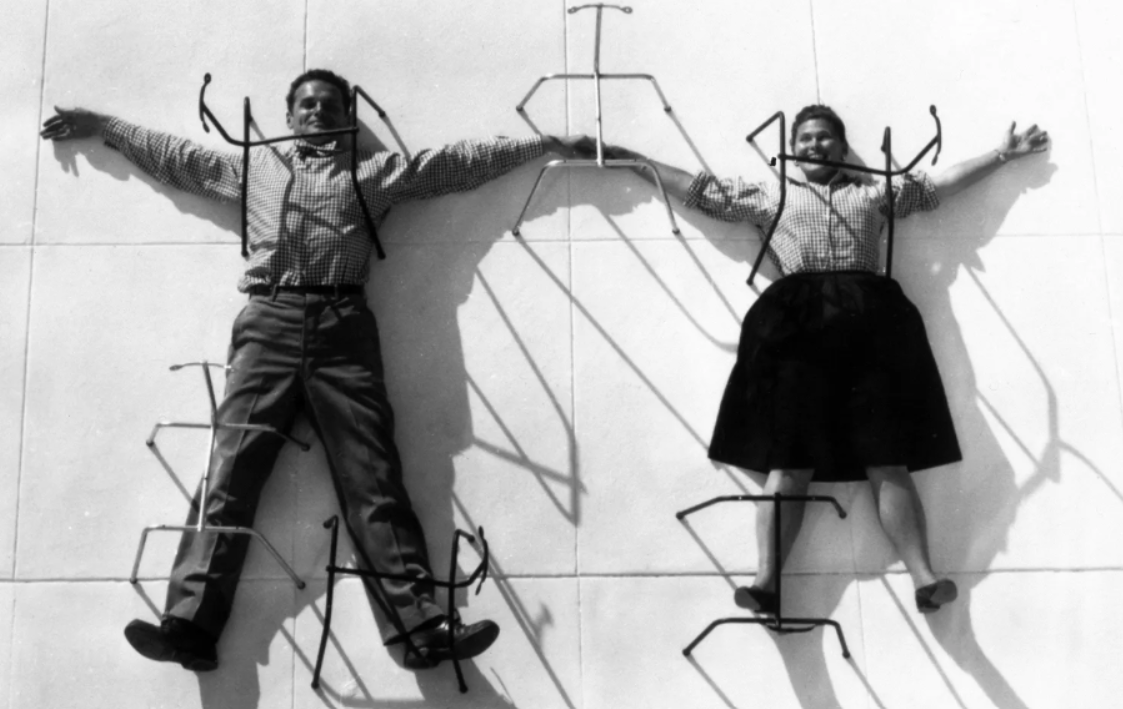 How Charles and Ray Eames combined problem solving with humour and playfulness to create some of the most enduring furniture designs of modern times
How Charles and Ray Eames combined problem solving with humour and playfulness to create some of the most enduring furniture designs of modern timesEverything you need to know about Charles and Ray Eames, the American design giants who revolutionised the concept of design for everyday life with humour and integrity
-
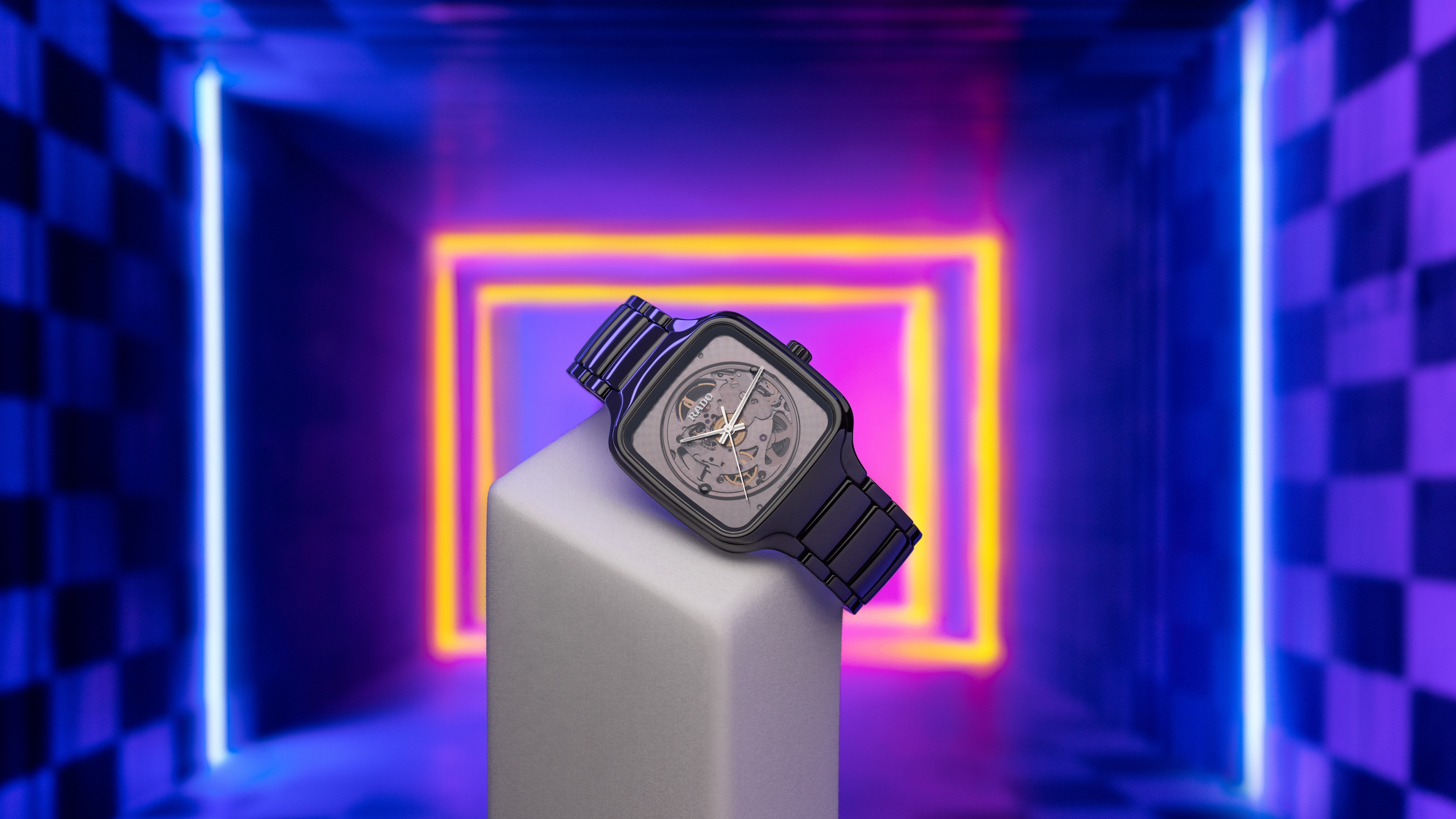 Why are the most memorable watch designers increasingly from outside the industry?
Why are the most memorable watch designers increasingly from outside the industry?Many of the most striking and influential watches of the 21st century have been designed by those outside of the industry’s mainstream. Is it only through the hiring of external designers that watch aesthetics really move on?
-
 This Fukasawa house is a contemporary take on the traditional wooden architecture of Japan
This Fukasawa house is a contemporary take on the traditional wooden architecture of JapanDesigned by MIDW, a house nestled in the south-west Tokyo district features contrasting spaces united by the calming rhythm of structural timber beams
-
 Cult 1960s boutique Granny Takes A Trip gets a sustainable reboot
Cult 1960s boutique Granny Takes A Trip gets a sustainable rebootFounded on King’s Road in 1966, ‘radically creative’ fashion store Granny Takes A Trip is being reimagined for a new generation. Dal Chodha takes a closer look
-
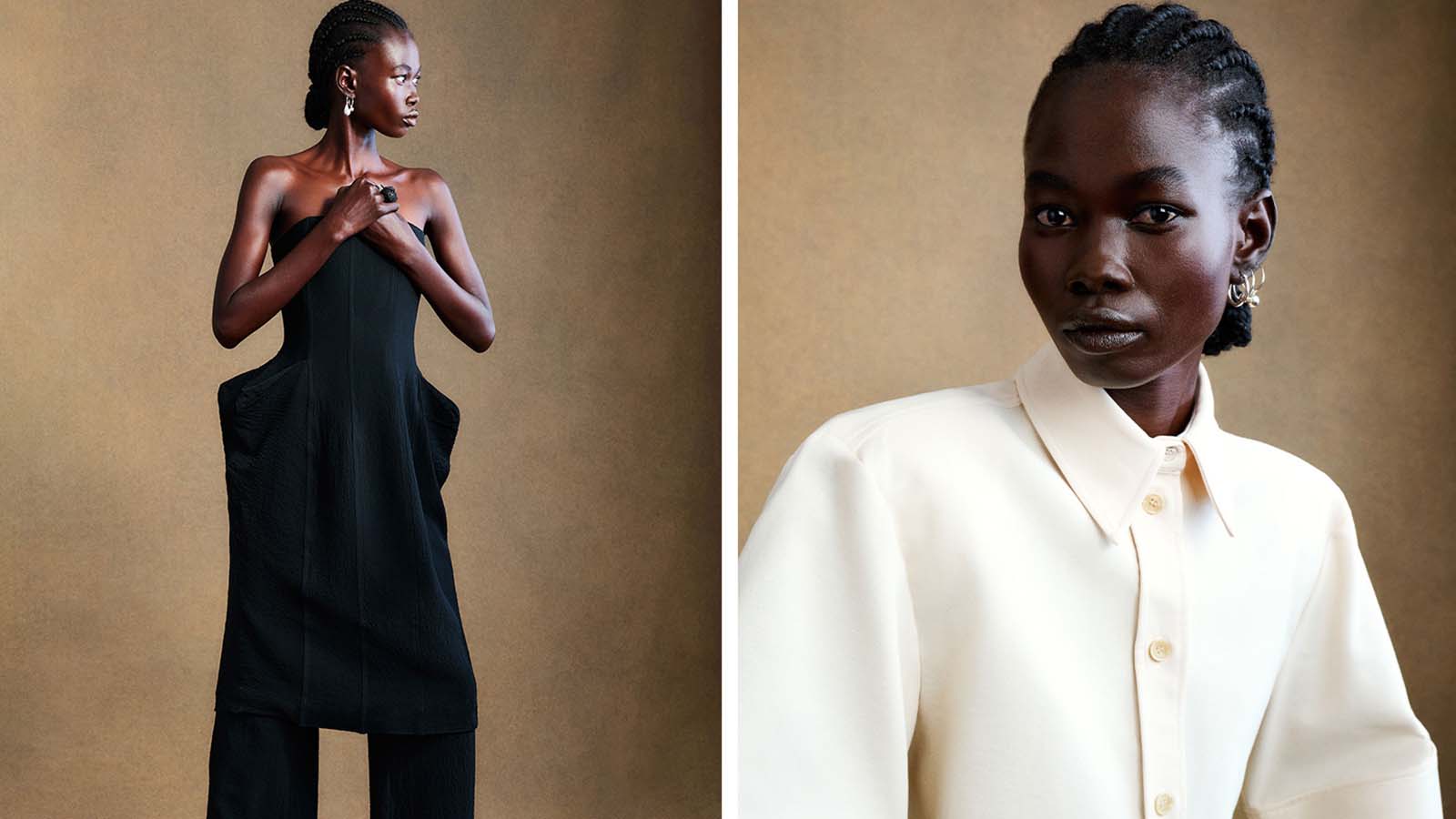 BITE Studios: ‘We want to have a brand which makes an impact’
BITE Studios: ‘We want to have a brand which makes an impact’BITE Studios is marrying sustainable textiles – from seaweed fabric to pea silk – with designs by a team including alumni of Proenza Schouler and Acne Studios
-
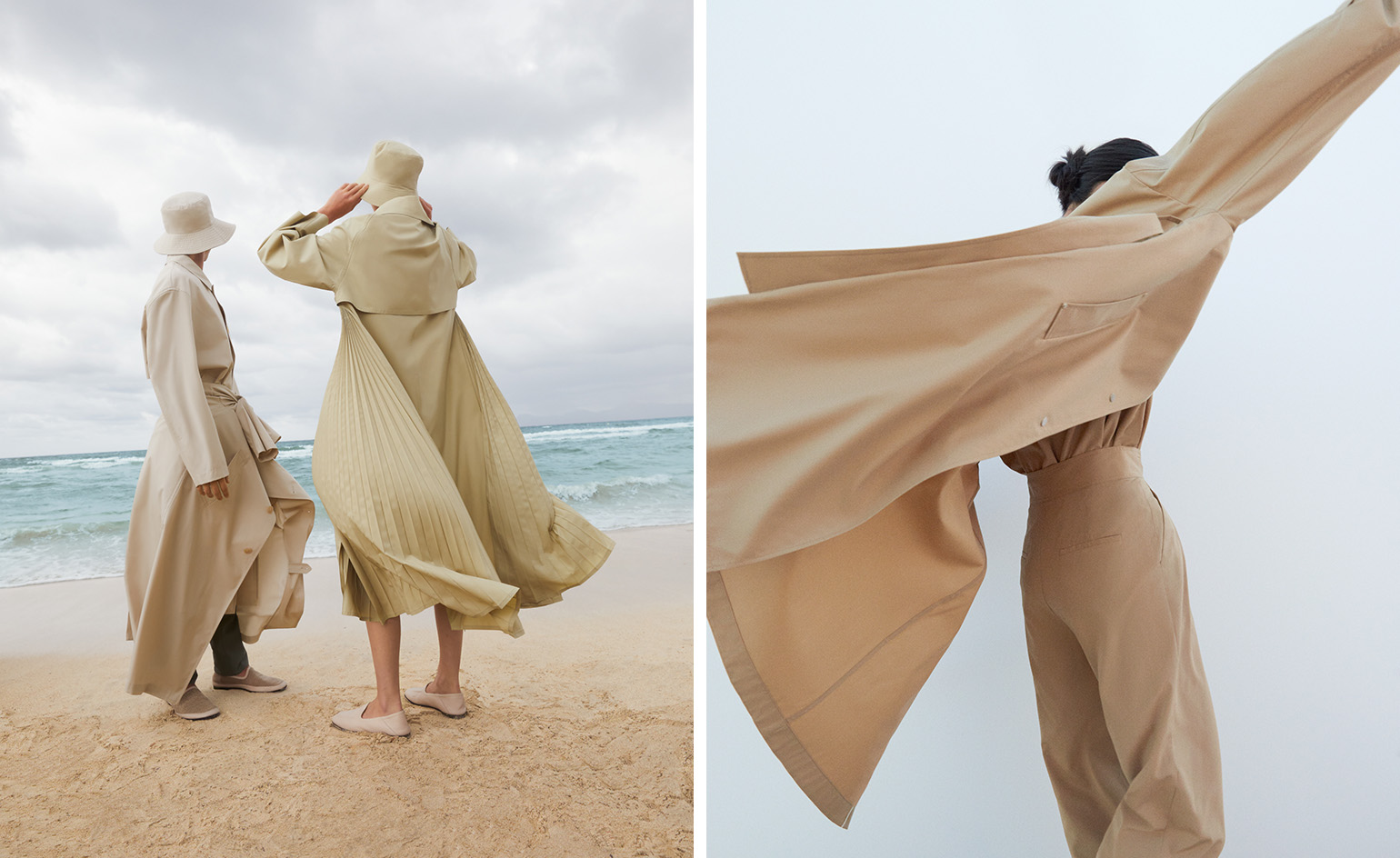 Icicle, the cross-continental label championing sustainability for 25 years
Icicle, the cross-continental label championing sustainability for 25 yearsOn the arrival of a new collection, ‘Hemp Up’, womenswear artistic director Bénédicte Laloux tells Wallpaper* the story behind minimally minded fashion label Icicle
-
 Louis Vuitton announces decade long project to rewild London's Chelsea
Louis Vuitton announces decade long project to rewild London's ChelseaCentral London’s first ‘Heritage Forest' on Pont Street in Chelsea, will be the result of a rewilding partnership between Louis Vuitton, Cadogan and SUGi
-
 Textile innovator Byborre empowers creators to cut waste
Textile innovator Byborre empowers creators to cut waste‘We developed a new process that allows creators to innovate,’ says Borre Akkersdijk, co-founder of Dutch textile innovation studio and clothing label Byborre
-
 Water inspires Holzweiler’s Snøhetta-designed Oslo flagship
Water inspires Holzweiler’s Snøhetta-designed Oslo flagshipHolzweiler Platz, the new retail destination of fashion brand Holzweiler in Oslo, is designed by architects Snøhetta as a naturalistic space that unites fashion, art and food
-
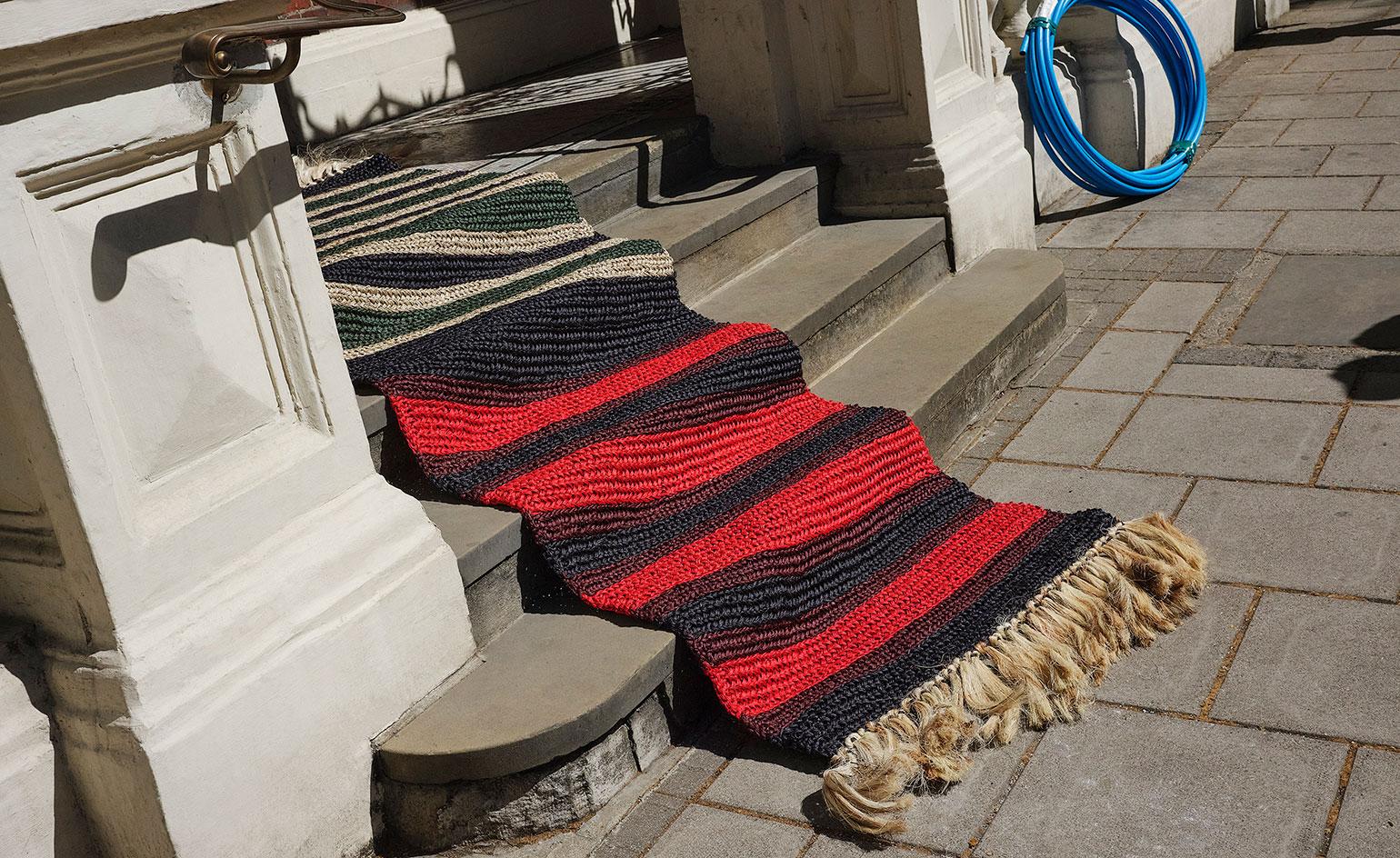 Marni Market arrives at Matchesfashion in Mayfair
Marni Market arrives at Matchesfashion in MayfairMatchesfashion is offering first access to its new Marni Market to Wallpaper* readers
-
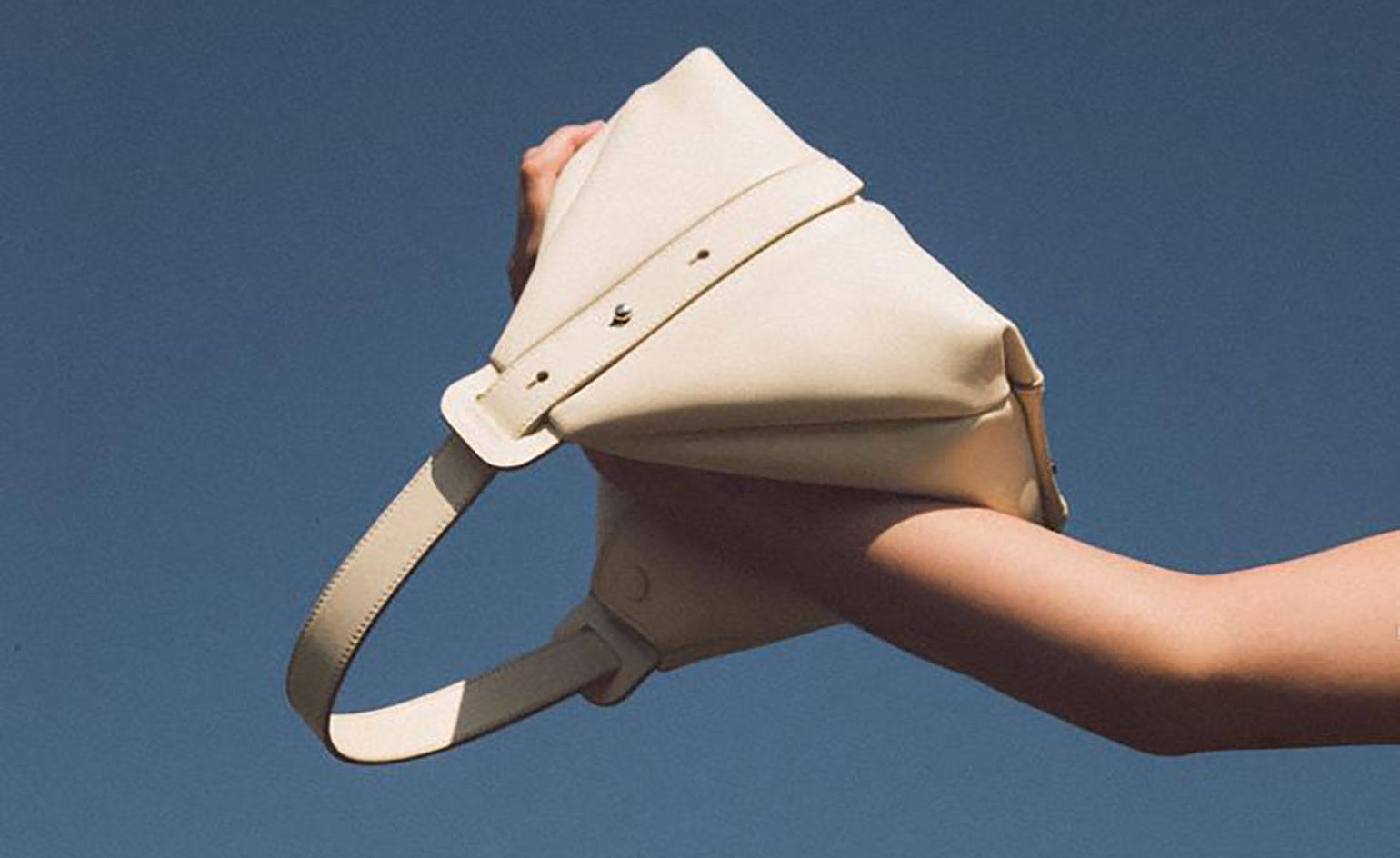 Advene’s debut bag is forever
Advene’s debut bag is forever‘We want our debut bag to stand the test of wear, weather, and time’